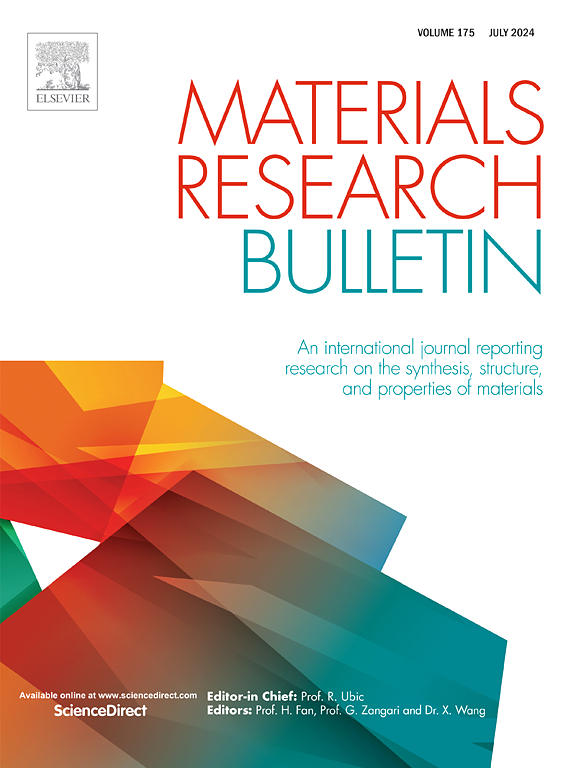Silicon/graphite/amorphous carbon composites as anode materials for lithium-ion battery with enhanced electrochemical performances
Abstract
Silicon has emerged as one of the most promising anode materials for next-generation lithium-ion batteries due to its exceptional specific capacity and abundant resources. However, its widespread application is hindered by structural deformability and low intrinsic conductivity. By strategically integrating a conductive carbon matrix with silicon, it becomes feasible and efficient to enhance the electrical conductivity of silicon and accommodate the stress-induced volume expansion during battery operation. In this study, a series of silicon/graphite/amorphous carbon (Si/G/C) composites were prepared using mechanical milling and carbothermal reduction. The study focused on two main aspects: the effect of the ratio of micro-sized silicon to flake graphite on the properties of the composite and the compatibility of different-scale silicon particles (micro-sized silicon and nano-sized silicon) and different kinds of natural graphite (flake graphite and cryptocrystalline graphite). The results reveal that when micro-sized silicon and flake graphite are combined, the graphite is fragmented more thoroughly, resulting in smoother surfaces and reduced aggregation of secondary particles. The composites with a mass ratio of 7:3 micro-sized silicon to flake graphite have the smallest specific surface area and pore size, homogeneous distribution, and stable structure. This exceptional carbon-to-silicon ratio endows the Si/G/C composite with rapid reaction kinetics, enabling a specific discharge capacity of 854.1 mAh g-1 after 200 cycles at 1A g-1. The findings offer valuable insights into the design and optimization of silicon-based anode materials for next-generation lithium-ion batteries.


 求助内容:
求助内容: 应助结果提醒方式:
应助结果提醒方式:


